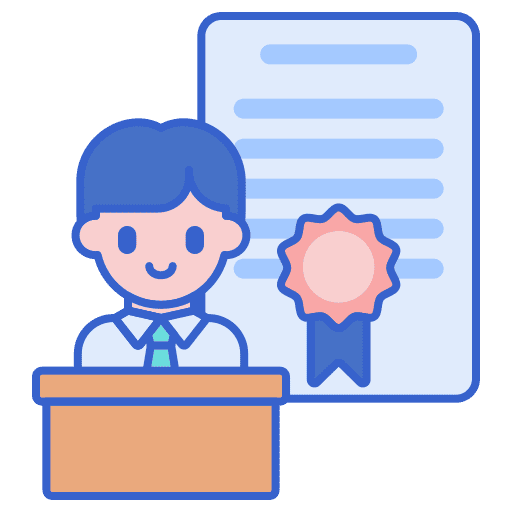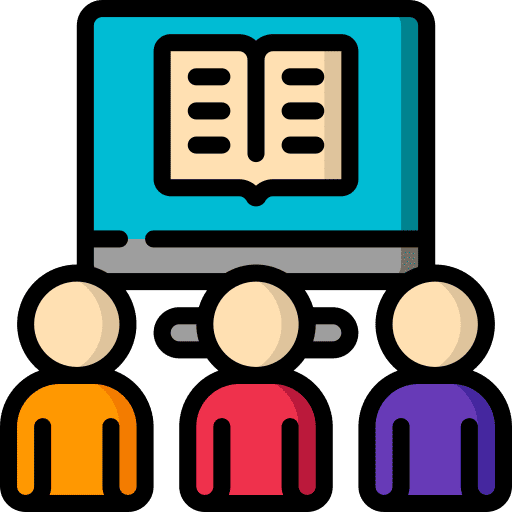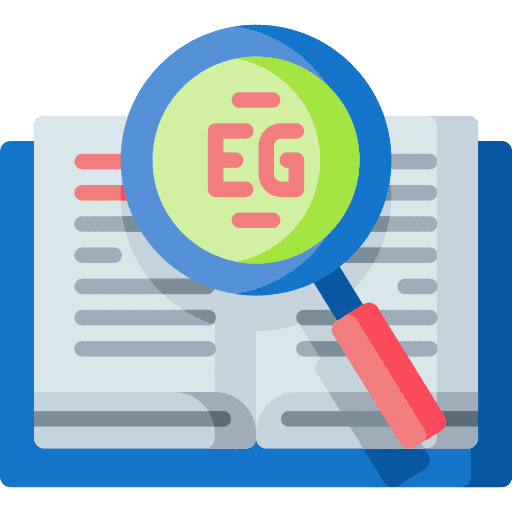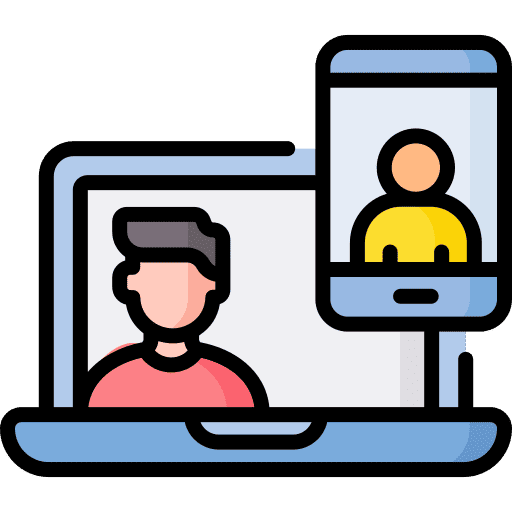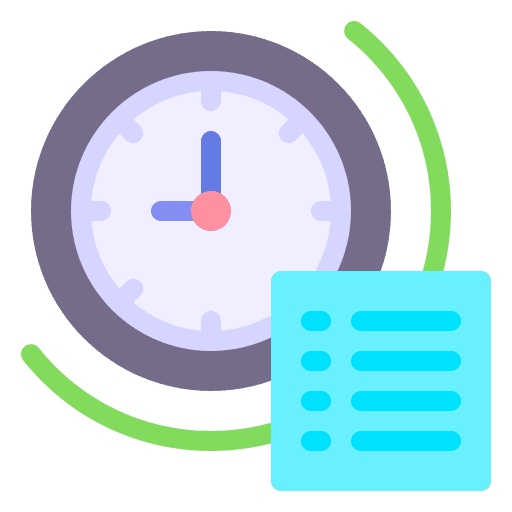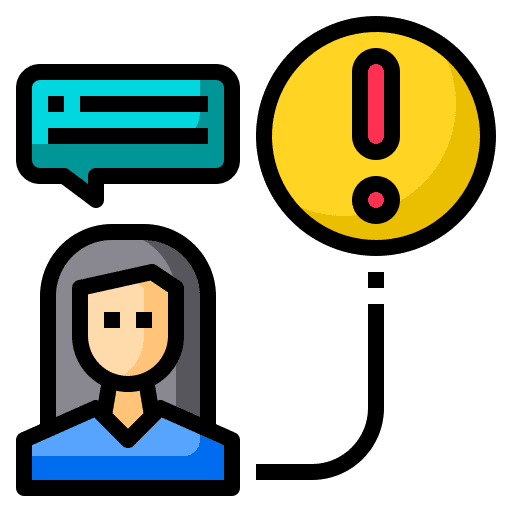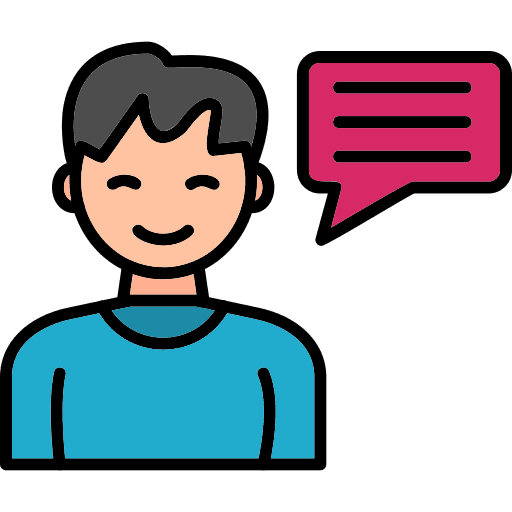OET
What is OET?
The OET (Occupational English Test) is an international English language proficiency test specifically designed for healthcare professionals. It evaluates candidates’ ability to communicate effectively in medical and healthcare settings. The test assesses four key language skills: Listening, Reading, Writing, and Speaking, with all tasks set in a healthcare context.
OET is recognized by various regulatory bodies, healthcare organizations, and educational institutions worldwide as proof of English proficiency for professional registration, employment, or study.
Why is OET Required?
1. For Professional Registration in Healthcare
2. For Employment in English-Speaking Countries
3. For Immigration Purposes
4. To Ensure Patient Safety
5. Focused on Healthcare Contexts
OET Exam Pattern
- Healthcare professionals who are looking to work or study in the healthcare sector in the UK, Ireland, Australia, New Zealand, Ukraine, Dubai, and Singapore are required to appear for their OET (Occupational English Test) in order to establish their proficiency in the English Language in a healthcare environment.
- This exam is Conducted by Cambridge Boxhill Language Assessment Trust (CBLA) which is a venture between Cambridge English and Boxhill Institute.
- OET exam has been specifically designed for 12 healthcare professions including
- Occupational Therapy
- Dentistry
- Nursing
- Radiography
- Veterinary Science
- Medicine
- Speech Pathology
- Physiotherapy
- Dietetics
- Podiatry
- Pharmacy
- Optometry
- Every health care professional has different exams
- The OET examination fees costs $587 which is equivalent to ₹33,632 in Indian Rupees
- Though OET test dates are available for every month, however, candidates can only register for the OET exam for the next three test dates at a time.
| Section |
Test Duration |
OET Description |
| Listening |
45 minutes |
3 subtests – A + B + C |
| Reading |
60 minutes |
3 subtests – A + B + C |
| Writing |
45 minutes |
Candidates to write a letter of reference. |
| Speaking |
20 minutes |
Candidates to enact a roleplay from the healthcare environment. |
# There are 4 tests. You should obtain B grade in each
- Listening – B grade
- Reading – B grade
- Speaking – B grade
- Writing – B grade
1.Listening
Total Duration: ~45 minutes
Total Questions: 42
Sections: 3 (A, B, C)
Content: Healthcare-related recordings (accents: British, American, Australian, etc.)
Format: Each recording played once only
Part A: Consultation Extracts
- Time: ~15 minutes
- Questions: 24 questions (12 per consultation)
- Recordings: 2 recordings (each ~5 minutes long)
- Answers are usually short notes (1–3 words)
Example: Patient complains of ______ (Answer: chest pain).
Format: Healthcare professional + patient consultation (e.g., a doctor asking about symptoms).
Part B: Short Workplace Extracts
- Time: ~10 minutes
- Questions: 6 questions (1 per extract)
- Recordings: 6 extracts (each ~1 minute long)
Task: For each extract, answer 1 multiple-choice question (MCQ). Options are usually 3 choices (A, B, C).
Format: Short workplace interactions, e.g.:
- A nurse briefing a colleague
- A doctor giving instructions
- A staff meeting or ward handover
Part C: Presentation Extracts
- Time: ~15–20 minutes
- Questions: 12 questions (6 per recording)
- Recordings: 2 longer talks (each ~5 minutes long)
Task: Answer multiple-choice questions (MCQs). Each question has 3 options (A, B, C).
Format: Healthcare professional delivering information, e.g.:
- A lecture at a medical conference
- An educational talk about treatment or research
- A public health presentation
2.Reading : 60 min
- 3 sections → A , B ,C
- Total 42 questions
Section A :- 1 stanza of 3 to 4 paragraphs
Total 20 questions
Time : 15 min
- Questions like answer is one word, 2 words and 3 words.
- These are very questions to be solved in 15 min
Section B and C
Total 22 questions
Time :45 min
Section B : Total 6 paragraphs and 6 questions
- Each para has 1 question.
- Each para is of 100 to 120 words
- MCQs are asked with 3 options
Section C : Total 2 paragraphs and 16 questions
- Each para has 8 questions.
- Each para is of 800 words
- MCQs are asked with 4 options
3.Writing
- Total time: 45 minutes
- 5 minutes reading (to read and understand the case notes; you cannot write in this time)
- 40 minutes writing (to plan and write your letter)
- Word count: 180–200 words
Types of OET Letters
There are 4 main types you may get in the exam (depending on profession, but doctors/nurses most often see these):
-
Referral Letter
- Most common
- Refers patient to another healthcare professional for further management
- Example: GP → Cardiologist
-
Discharge Letter
- Sent when patient leaves hospital
- Summarizes treatment, progress, and future care instructions
- Example: Hospital Doctor → GP
-
Transfer Letter
- When patient is moved from one facility to another
- Example: Hospital A → Rehabilitation Centre
-
Advice Letter / Update Letter
- Giving instructions, advice, or an update about patient care
- Example: GP → Patient’s Employer / School Principal
4.Speaking
- Duration: ~20 minutes
- Format: Profession-specific role-plays (different for doctors, nurses, pharmacists, dentists, physiotherapists, etc.)
- Assessor: An interlocutor (trained OET role-player) plays the patient, relative, or sometimes another healthcare professional.
- Recordings: The entire session is audio-recorded and assessed later by trained OET examiners.
Structure of the Test
Introduction / Warm-up (2–3 minutes)
- General, friendly conversation.
- Not assessed.
- Purpose: Make you comfortable.
- Example: Interlocutor may ask about your work, background, why you chose your profession, etc.
Role-Play 1 (~5 minutes)
- You get a role-play card with details of the situation (healthcare setting, patient’s condition, your task).
- 3 minutes of preparation time: You can read the card, underline points, ask the interlocutor questions.
- Then the role-play starts.
- You play the healthcare professional, interlocutor plays the patient/carer.
Role-Play 2 (~5 minutes)
- Same as Role-Play 1, but with a different scenario.
Role-Play Card Details
The role-play card (given to you only, not the interlocutor) contains:
- Setting: e.g., hospital ward, GP clinic, community pharmacy.
- Task: e.g., explain a condition, reassure, give advice, obtain patient history, discharge instructions.
- Background information: Patient’s problem, concerns, expectations.
- Your role: How you should respond (e.g., explain treatment, show empathy, educate patient).
OET Scores and Results
- Online results to be generated approximately within 16 working days from the day of each test.
- OET would be graded on a scale of 0-500 in ten points increment.
- The numerical score would be further mapped to a separate letter grade for each subtest with (Grade A) denoting highest to (Grade E) denoting lowest.
- There is no overall OET grade.
Mode of exam
- Computer Delivered Test→ Result within 10 days
- Paper Delivered Test → Result in 17 days
- In India,OET is held 14 times and is available in popular cities such as
- Ahmedabad
- Amritsar
- Bengaluru
- Chandigarh
- Thiruvananthapuram
- Coimbatore
- Kochi
- Kolkata
- Mumbai
- New Delhi
- Chennai
- Hyderabad
Top Reasons to Choose Brahma English Academy for OET Coaching Success
(Occupational English Test)
The OET is designed to assess the language proficiency of healthcare professionals seeking to register and practice in an English-speaking environment.
OET Exam Structure
1. Listening Sub-Test
The OET consists of four sub-tests that correspond to the key language skills: Listening, Reading, Writing, and Speaking.
The test is tailored for 12 healthcare professions, including medicine, nursing, dentistry, pharmacy, and physiotherapy.
Duration: Approximately 45 minutes
Structure: Divided into three parts, assessing the ability to understand spoken English in a healthcare context.
Part A: Consultation Extracts
- Task: Listen to two recorded healthcare professional-patient consultations and complete the notes.
- Focus: Identifying specific information (e.g., symptoms, diagnoses, treatments).
Part B: Short Workplace Extracts
- Task: Listen to six short audio recordings (e.g., team briefings, handovers) and answer one multiple-choice question for each.
- Focus: Understanding the main ideas and key details.
Part C: Presentation Extracts
- Task: Listen to two recordings of healthcare-related presentations or interviews and answer multiple-choice questions.
- Focus: Understanding explicit and implied meanings and opinions.
2. Reading Sub-Test
Duration: 60 minutes
Structure: Divided into three parts, assessing the ability to read and understand texts relevant to healthcare.
Part A: Expedited Reading Task
- Task: Read 3-4 short texts (e.g., information leaflets, charts) and answer 20 questions in 15 minutes.
- Focus: Skimming and scanning for specific information.
Part B: Short Workplace Texts
- Task: Read six short texts (e.g., guidelines, policies) and answer one multiple-choice question for each.
- Focus: Understanding the main points and purpose.
Part C: Detailed Reading
- Task: Read two longer texts (e.g., journal articles) and answer multiple-choice questions.
- Focus: Comprehending detailed information, opinions, and implied meanings.
3. Writing Sub-Test
Duration: 45 minutes
Task: Write a letter based on a case note (e.g., referral, discharge, or transfer letter) specific to the candidate’s profession.
Key Skills Assessed:
- Relevance and clarity of information
- Use of appropriate tone, grammar, and vocabulary
- Logical structure and coherence
Profession-Specific Content:
The writing tasks differ depending on the healthcare profession, ensuring relevance to real-world scenarios.
4. Speaking Sub-Test
Duration: 20 minutes
Task: Conduct role-plays based on professional scenarios.
Structure:
- Introduction and Warm-Up Questions: General conversation to relax the candidate.
- Role-Plays: Two role-plays simulating real-life healthcare interactions (e.g., explaining treatment, giving advice).
Focus:
- Ability to communicate effectively with patients or caregivers
- Use of layman’s terms when necessary
- Empathy and professionalism
Scoring
Each sub-test is scored on a scale of 0–500, corresponding to letter grades (A to E):
- Grade A: 450–500 (highly proficient)
- Grade B: 350–440 (very good)
- Grade C+: 300–340 (competent; acceptable for some professions)
- Grade C: 200–290 (below professional standards for most)
- Grades D and E: Below 200 (needs significant improvement)
Professions Covered
The OET syllabus is tailored to the following healthcare professions:
- Medicine
- Nursing
- Dentistry
- Pharmacy
- Physiotherapy
- Veterinary Science
- Occupational Therapy
- Radiography
- Dietetics
- Speech Pathology
- Podiatry
- Optometry

